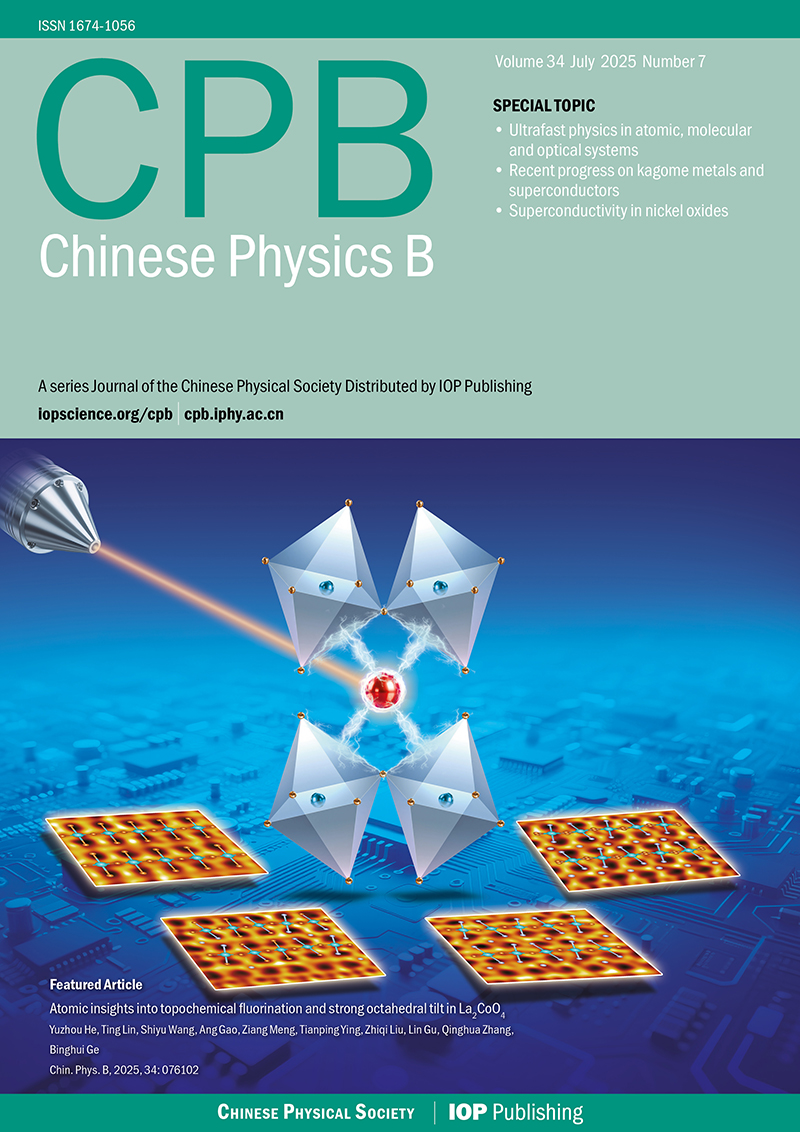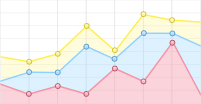|
Ullrich F, Bergeles C, Pokki J, Ergeneman O, Erni S, Chatzipirpiridis G, Pané S, Framme C and Bradley J N 2013 Invest. Ophthalmol. Vis. Sci. 54 2853
Google Scholar
Pub Med
|
|
Agrahari V, Agrahari V, Chou M L, Chew C H, Noll J and Burnouf T 2020 Biomaterials 260 120163
Google Scholar
Pub Med
|
|
Wei X, Beltrań-Gastélum M, Karshalev E, de Á vila B E F, Zhou J, Ran D, Angsantikul, Fang R H, Wang J and Zhang L 2019 Nano Lett. 19 1914
Google Scholar
Pub Med
|
|
Wu Z, Li J, de Ávila B E F, Li T, Gao W, He Q, Zhang L and Wang J 2015 Adv. Funct. Mater. 25 7497
Google Scholar
Pub Med
|
|
Shintake J, Cacucciolo V, Shea H and Floreano D 2018 Soft Robot. 5 466
Google Scholar
Pub Med
|
|
Ren Z, Hu W, Dong X and Sitti M 2019 Nat. Commun. 10 2703
Google Scholar
Pub Med
|
|
Huang C, Lv J, Tian X,Wang Y, Yu Y and Liu J 2015 Sci. Rep. 5 17414
Google Scholar
Pub Med
|
|
Qiu F and Nelson B J 2015 Eng. 1 021
Google Scholar
Pub Med
|
|
Gong D, Cai J, Celi N, Feng L, Jiang Y and Zhang D 2018 J. Magn. Magn. Mater. 468 148
Google Scholar
Pub Med
|
|
Darmawan B A, Lee S B, Go G, Nguyen K T, Lee H S, Nan M, Hong A, Kim C S, Li H, Bang D, Park J and Choi E 2020 Sens. Actuators B Chem. 324 128752
Google Scholar
Pub Med
|
|
Akolpoglu M B, Dogan N O, Bozuyuk U, Ceylan H, Kizilel S and Sitti M 2020 Adv. Sci. 7 2001256
Google Scholar
Pub Med
|
|
Alapan Y, Yasa O, Schauer O, Giltinan J, Tabak A F, Sourjik V and Sitti M 2018 Sci. Robot. 3 eaar4423
Google Scholar
Pub Med
|
|
Magdanz V, Khalil I S M, Simmchen J, Furtado G P, Mohanty S, Gebauer J, Xu H, Klingner A, Aziz A, Medina-Sánchez M, Schmidt O G and Misra S 2020 Sci. Adv. 6 eaba5855
Google Scholar
Pub Med
|
|
Blake J R 1971 Bull. Aust. Math. Soc. 5 255
Google Scholar
Pub Med
|
|
Pedley T J 2016 IMA J. Appl. Math. 81 488
Google Scholar
Pub Med
|
|
Magar V, Goto T and Pedley T J 2003 Q. J. Mech. Appl. Math. 56 65
Google Scholar
Pub Med
|
|
Magar V and Pedley T J 2005 J. Fluid Mech. 539 93
Google Scholar
Pub Med
|
|
Nie D, Ying Y, Guan G, Lin J and Ouyang Z 2023 J. Fluid Mech. 960 A31
Google Scholar
Pub Med
|
|
Ishikawa T, Locsei J T and Pedley T J 2008 J. Fluid Mech. 615 401
Google Scholar
Pub Med
|
|
Ying Y, Jiang T, Nie D and Lin J 2022 Phys. Fluids 34 013010
Google Scholar
Pub Med
|
|
Fadda F, Molina J J and Yamamoto R 2020 Phys. Rev. E 101 052608
Google Scholar
Pub Med
|
|
Rühle F and Stark H 2020 Eur. Phys. J. E 43 1
Google Scholar
Pub Med
|
|
Zheng K, Wang J, Zhang P and Nie D 2023 AIP Adv. 13 025304
Google Scholar
Pub Med
|
|
Li G J and Ardekani A M 2014 Phys. Rev. E 90 013010
Google Scholar
Pub Med
|
|
Lucarini G, Palagi S, Beccai L and Menciassi A 2014 Int. J. Adv. Robot. Syst. 11 116
Google Scholar
Pub Med
|
|
Acemoglu A and Yesilyurt S 2014 Biophys. J. 106 1537
Google Scholar
Pub Med
|
|
Ullrich F, Qiu F, Pokki J, Huang T, Pané S and Nelson B J 2016 IEEE International Conference on Biomedical Robotics and Biomechatronics (BioRob), June 26-29, 2016 Singapore, p. 470
Google Scholar
Pub Med
|
|
Ghanbari A and Bahrami M 2011 J. Intell. Robot. Syst. 63 399
Google Scholar
Pub Med
|
|
Omori T, Ito H and Ishikawa T 2020 Proc. Natl. Acad. Sci. USA 117 30201
Google Scholar
Pub Med
|
|
Ouyang Z, Lin J and Ku X 2018 Phys. Fluids 30 085304
Google Scholar
Pub Med
|
|
Leshansky A M, Kenneth O, Gat O and Avron J E 2007 New J. Phys. 9 145
Google Scholar
Pub Med
|
|
Michelin S and Lauga E 2010 Phys. Fluids 22 011401
Google Scholar
Pub Med
|
|
Chisholm N G, Legendre D, Lauga E and Khair A S 2016 J. Fluid Mech. 796 233
Google Scholar
Pub Med
|
|
Eastham P S and Shoele K 2020 Phys. Rev. Fluids 5 063102
Google Scholar
Pub Med
|
|
Binagia J P, Phoa A, Housiadas K D and Shaqfeh E S G 2020 J. Fluid Mech. 900 A4
Google Scholar
Pub Med
|
|
Wang S and Ardekani A 2012 Phys. Fluids 24 013010
Google Scholar
Pub Med
|
|
Zhu L, Lauga E and Brandt L 2013 J. Fluid Mech. 726 285
Google Scholar
Pub Med
|
|
Ouyang Z, Lin Z, Lin J, Yu Z and Phan-Thien N 2023 J. Fluid Mech. 959 A25
Google Scholar
Pub Med
|
|
Sahari A, Headen D and Behkam B 2012 Biomed. Microdevices 14 999
Google Scholar
Pub Med
|
|
Merkel T J, Jones S W, Herlihy K P, Kersey F R, Shields A R, Napier M, Luft J C, Wu H, Zamboni W C, Wang A Z, Bear J E and DeSimone J M 2011 Proc. Natl. Acad. Sci. USA 108 586
Google Scholar
Pub Med
|
|
Nejati S, Vadeghani E M, Khorshidi S and Karkhaneh A 2020 Eur. Polym. J. 122 109353
Google Scholar
Pub Med
|
|
Christian D A, Cai S, Garbuzenko O B, Harada T, Zajac A L, Minko T and Discher D E 2009 Mol. Pharmaceutics 6 1343
Google Scholar
Pub Med
|
|
Ying Y, Jiang T, Li S, Nie D and Lin J 2024 Phys. Scr. 99 025304
Google Scholar
Pub Med
|
|
Zantop A W and Stark H 2020 Soft Matter 16 6400
Google Scholar
Pub Med
|
|
Ouyang Z and Lin J 2021 Phys. Fluids 33 073102
Google Scholar
Pub Med
|
|
Ishikawa T 2019 Micromachines 10 33
Google Scholar
Pub Med
|
|
Biondi S A, Quinn J A and Goldfine H 1998 AIChE J. 44 1923
Google Scholar
Pub Med
|
|
Zhang J, Liu K and Ding Y 2022 Chin. Phys. B 31 14702
Google Scholar
Pub Med
|
|
He X and Luo L S 1997 Phys. Rev. E 56 6811
Google Scholar
Pub Med
|
|
Wolf-Gladrow D A 2004Lattice-Gas Cellular Automata and Lattice Boltzmann Models: An Introduction (1st edn.) (Berlin: Springer) p. 9
Google Scholar
Pub Med
|
|
Qian Y H, d’Humières D and Lallemand P 1992 Europhys. Lett. 17 479
Google Scholar
Pub Med
|
|
Chapman S and Cowling T G 1970 Math. The Mathematical Theory of Non-Uniform Gases (3rd edn.) (Cambridge: Cambridge University Press) p. 119
Google Scholar
Pub Med
|
|
Lallemand P and Luo L S 2003 J. Comput. Phys. 184 406
Google Scholar
Pub Med
|
|
Mei R, Yu D, Shyy W and Luo L S 2002 Phys. Rev. E 65 041203
Google Scholar
Pub Med
|
|
Aidun C K, Lu Y and Ding E J 1998 J. Fluid Mech. 373 287
Google Scholar
Pub Med
|
|
Michelin S and Lauga E 2010 Phys. Fluids 22 113901
Google Scholar
Pub Med
|
|
Li S, Ying Y and Nie D 2023 Fluid Dyn. Res. 55 055504
Google Scholar
Pub Med
|

 首页
首页 登录
登录 注册
注册






 DownLoad:
DownLoad: